Do you eat the skin on salmon with scales? Let’s see the dangers and health benefits.
Salmon is a healthy, popular, and delicious food option. It has abundant nutrient content which makes it a favorite dish on most dinner tables and restaurants. A major concern for fish fans and lovers is whether or not it’s okay to eat the skin on salmon with scales.
The skin on salmon is rich in essential nutrients, minerals and contains more of the protein in the flesh. It is completely okay to eat the skin on salmon. It offers great health benefits and additional nutrients to boost your diet than salmon without the skin. However, not all salmon skin is safe to eat.
Salmon scales are also safe to eat on smaller salmons, but larger scales on larger salmons are dry and with a hard texture that makes an otherwise soft fish crunchy in an undelightful way.
Before you eat the skin on salmon with scales you need to consider the quality of your salmon, the method of cooking, and the source of your salmon fish. Individual health is also a factor to consider.
Keep reading to learn all you need to know about salmon skin, including the benefits of eating salmon skin and the best cooking methods to enjoy your salmon with the skin.
Do you eat the skin on salmon with scales?
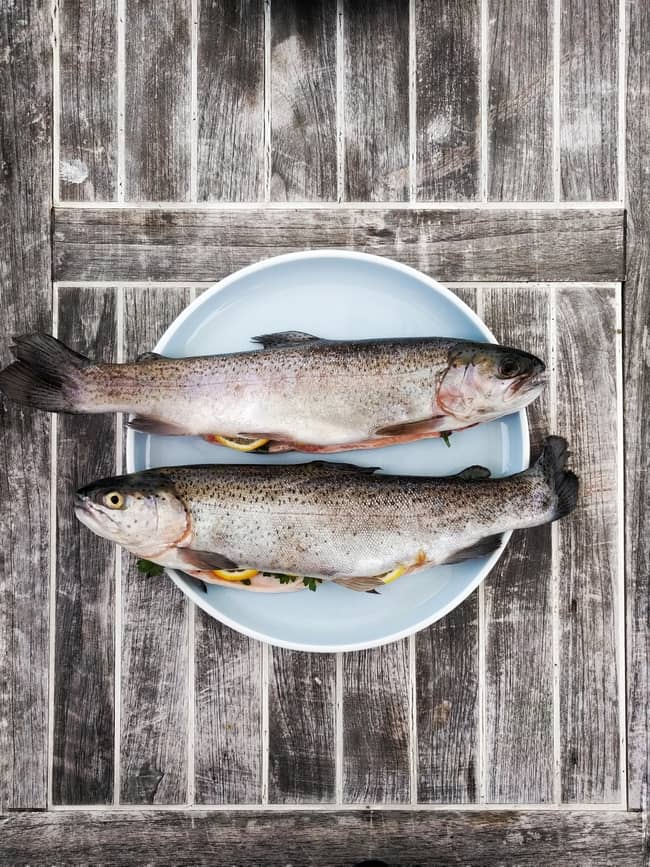
You can eat the skin on salmon with scales. Scales on salmon contain collagen which is fundamental in the build-up of tissues, skin, and bones. It is safe to eat the skin on salmon fish with scales. However, there are a few things you need to know. Scales on larger salmons are hard and dry and may stick in your throat.
You may want to leave the scales on to offer a layer of protection when grilling or baking your salmon. This will help to preserve the skin tenderness of your salmon. Apart from this, you should avoid eating the skin on salmon with scales. Clean and remove the outer scales on your salmon before cooking.
Can you eat the skin on salmon?
Yes. Grilled or pan-fried salmon offers extra flavor and a rich crispy texture that enhances satisfaction from your salmon dish. What’s more? Eating salmon fish the skin on provides an additional source of essential minerals and nutrients to your diet. So next time you sit at your favorite (and trusted) restaurant, don’t be shy to order your grilled or fried salmon with the skin on.
Note: Ensure that your salmon is of high quality, and cooked rightly. Only eat the skin on your salmon if you can verify that it came from a clean environment.
Should you eat salmon skin every time?
We love to order crispy grilled or pan-fried salmon with the skin at our favorite restaurants or we make them ourselves with our great recipe. Not only does salmon skin offer great health benefits, but crispy salmon skin is also great and delightful to taste. But how often do we eat salmon skin? Is there such a thing as too much salmon skin?
Salmon skin is rich in essential nutrients required for the proper development of the human body. Because of the essential nutrients in salmon (and other oily fishes), the US Food Drug Administration (FDA) recommends that people, especially, women, and children (over 2 years), should eat oily fish like salmon 2 to 3 times each week.
Is it safe to eat salmon skin?
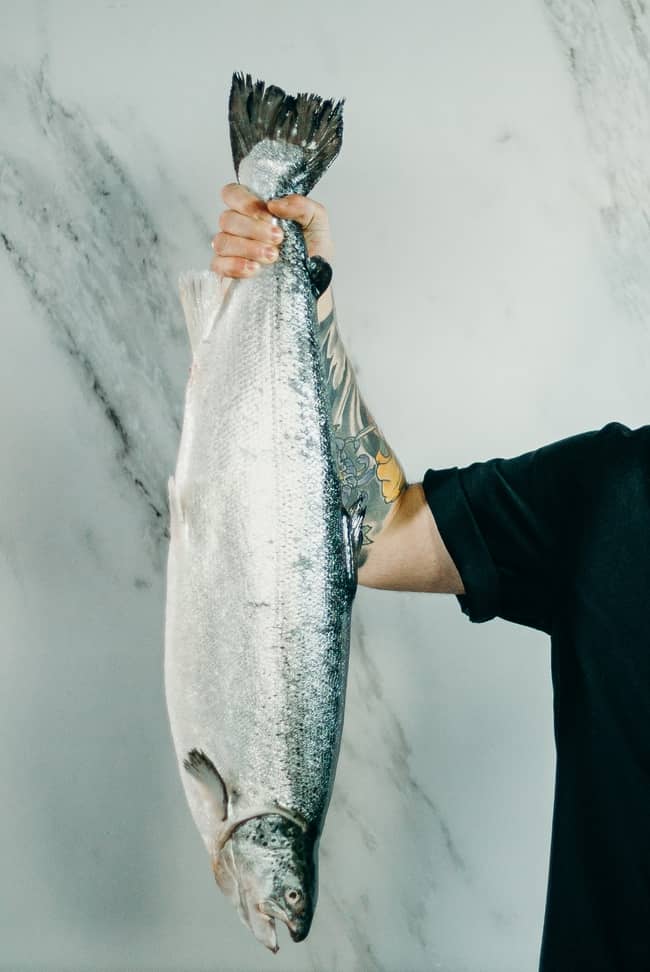
It’s not always safe to eat salmon skin because all salmon are not raised in the same environment. To determine the safety of eating your salmon with skin on it, you need to consider the source and quality of your fish.
Salmon from dirty ocean environments absorb toxic substances that have a negative cumulative effect on human health. They are exposed to toxins in the food they eat and the water they swim in. It is highly risky to eat salmon from contaminated water.
Only eat your salmon with skin on it if you trust the source and quality of your salmon to be a healthy one.
Salmon skin nutrition facts
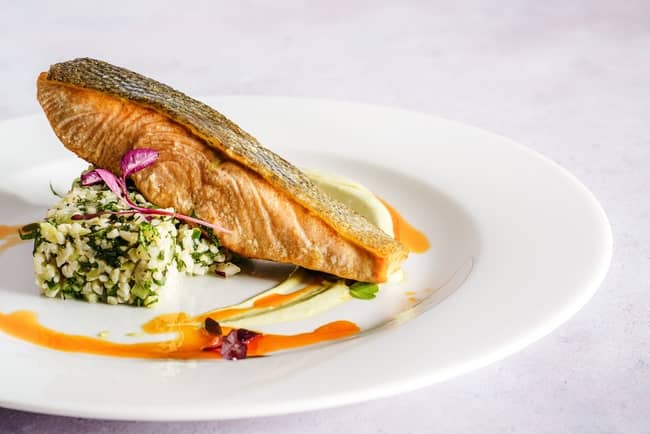
Salmon skin contains essential omega-3 fatty acids and more of the same protein contained in the flesh. This makes the skin on salmon an additional source of nutrients and minerals.
But that’s not all. Because Salmon live in extremely cold ocean temperatures, the skin has a high concentration of omega 3 fatty acids which help to keep salmon warm in the ocean.
Omega 3 fatty acids found in salmon skin are known to be an essential nutrient needed for proper body growth. It also has a lot of other health benefits.
What does research have to say about salmon skin?
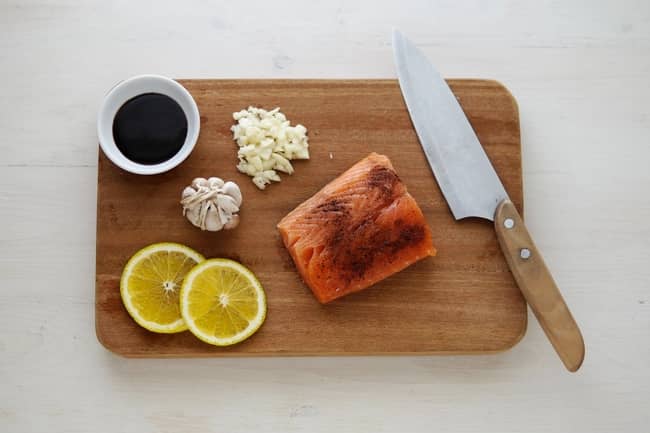
Since the consumption of salmon skin is a highly debated topic, let’s review what science has to say about it.
Omega 3 fatty acids found in salmon helps in fighting cancer cells and in the prevention of cancer, according to BMC Cancer.
A study from Mayo Clinic also revealed that eating salmon reduces our chances of heart disease.
A study in Marine Drugs also notes that salmon helps to treat type 2 diabetes. Consuming salmon with the skin on also helps to heal wounds caused by diabetes.
Omega 3 fatty acids in salmon skin provide key nutrients that help a child’s brain development and in the development of the spinal cord, according to The US Food Drug Administration. This is why oily fish like salmon is recommended for pregnant or nursing mothers.
7 Salmon skin benefits for your health
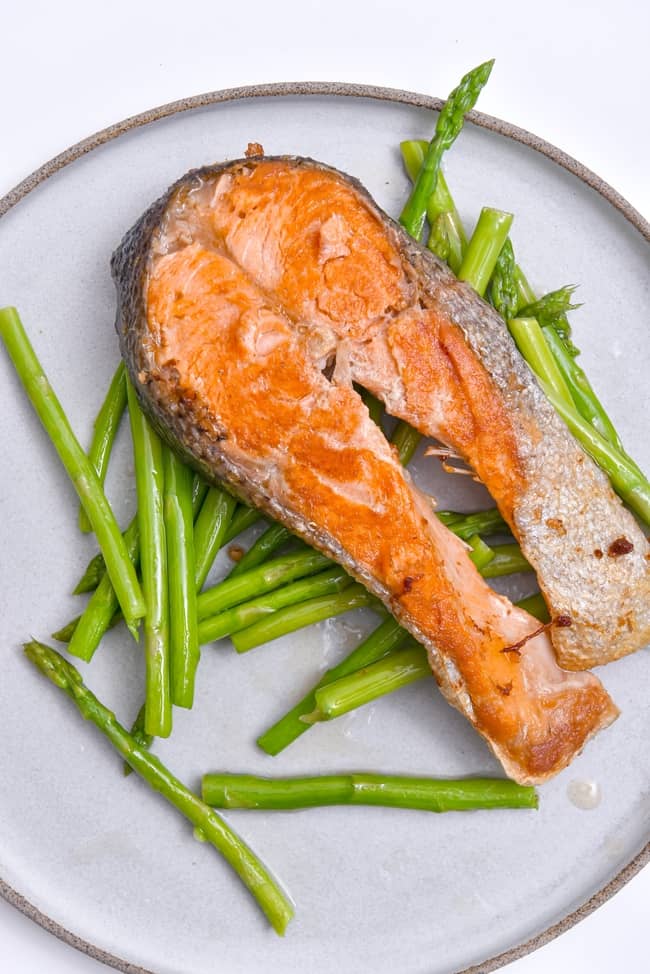
The essential nutrient in salmon skin is the omega 3 fatty acids. The human body needs omega 3 fatty acids and since the body does not produce omega-3 fatty acids, it must get it from the diet.
One place the body can get omega 3 fatty acids in abundance is from salmon skin.
Some salmon skin benefits include:
- Omega 3 fatty acids in salmon skin help the body combat diseases.
- Protect the brain from degeneration.
- Protect the eyes from age-related macular degeneration.
- Salmon skin also contains essential minerals like selenium and good levels of vitamin B and D
- Protects the heart against risk factors like blood pressure.
- A good source of collagen and vitamin E that contributes to supple-looking, hydrated, elastic, and healthy skin: Eating salmon skin will have you looking fresher and younger than peers.
- When pan-frying or grilling, the skin provides an extra safety layer between the salmon flesh and the hot pan or grill. You will have less trouble trying to slide your fish spatula under your salmon skin than under the salmon flesh. Leaving the skin helps to prevent the delicate flesh from burning or drying out. And saves you the time you spend trying to remove the salmon skin from the flesh.
Tips about cooking salmon with skin on
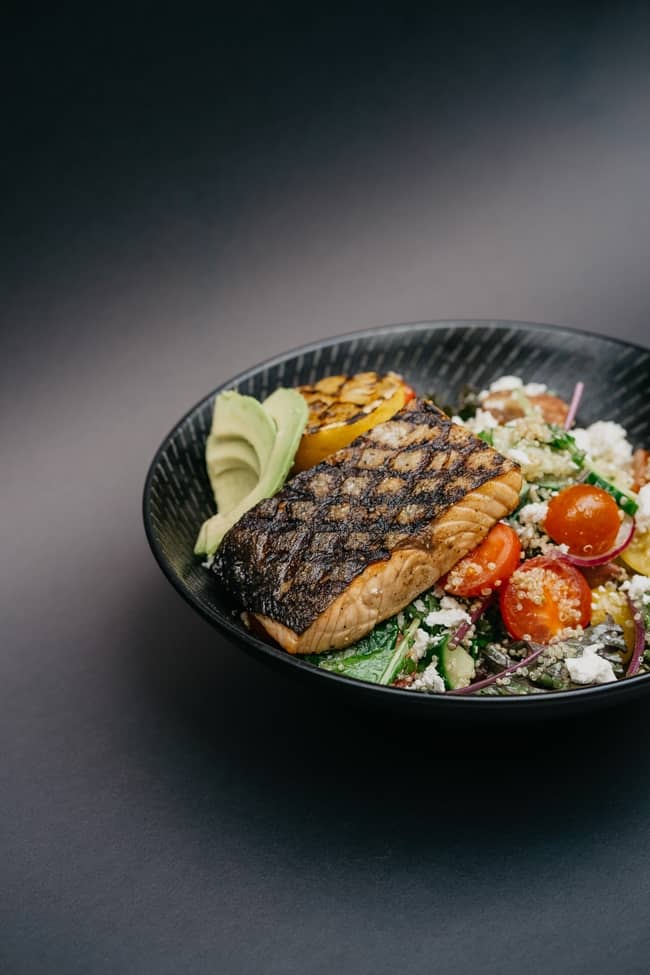
If you know how to cook salmon with skin on it, you will not have your salmon any other way.
There are different methods people employ to cook salmon and a countless number of recipes to satisfy different taste buds. You can fry, sear, grill, steam, slow-roast, smoke, or poach your salmon. Salmon skin behaves differently under different conditions.
Salmon skin becomes gummy with an unpleasant texture when you cook salmon in liquid – Like poaching, smoking, steaming, or slow roasting. In this case, if you mind, you should remove the skin before cooking.
For the crunchy and flavorful delight of salmon skin, the best cooking method is to grill, fry, or sear.
What about salmon bacon?
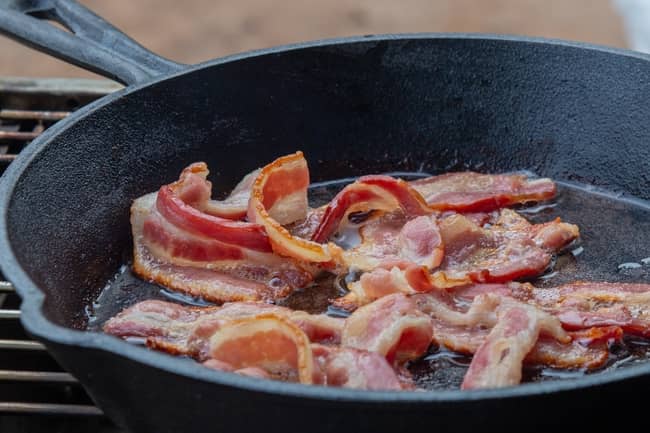
Making salmon bacon or salmon rinds is one of the simplest ways to add nutritious salmon skin to your diet. Salmon bacon or salmon rinds are made from frying thin strips of salmon skin in oil.
How to make salmon bacon
Follow the simple recipe to make salmon bacon if you are looking for fresh ideas to add salmon skin to your diet.
- Separate the skin from the flesh
- Cut salmon skin into one-inch strips and patiently dry with a paper towel.
- Add cooking oil to your skillet.
- Put the skillet with oil over medium heat and wait till the oil gets hot.
- Add strips of salmon skin to the boiling oil.
- Turn strips of salmon skin in the pan to prevent burning.
- When crispy, remove salmon skin from the pan and dry on a paper towel to remove excess oil.
- Add seasoning to taste.
- Serve!
Things to consider before adding salmon skin to diet
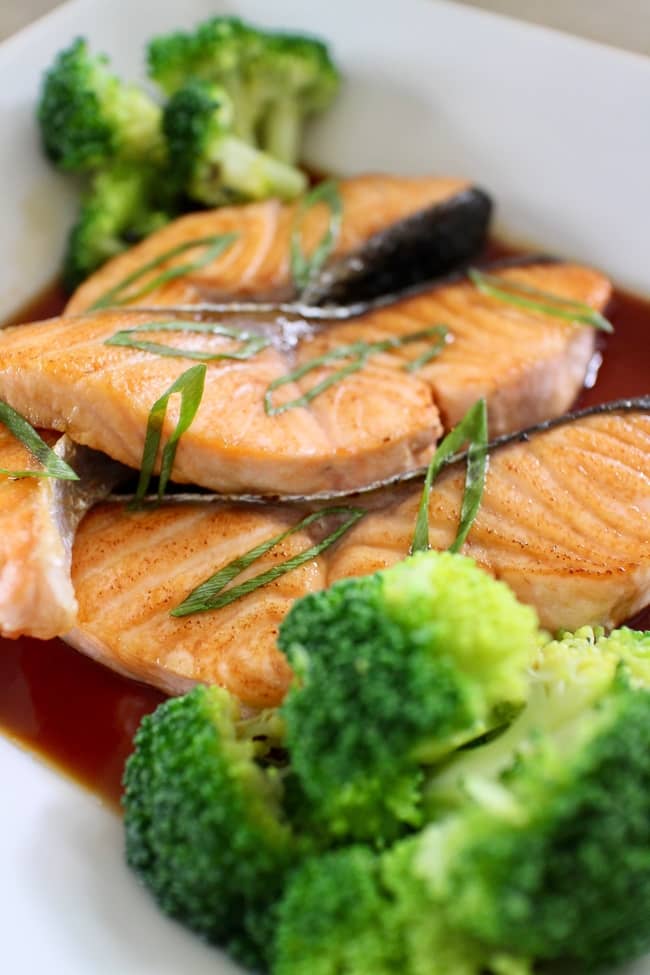
The first thing you want to know is where your salmon came from. If salmon has lived in dirty, polluted, and contaminated water, it may have been exposed to toxins in the food they eat and the water they swim in.
People watching their fat or underweight loss programs or taking medication also need to take extra care before eating salmon skin (even if your salmon is high quality and healthy).
Why do you need to consider these factors before adding salmon to your diet?
Risk and side effects of salmon skin
If your salmon came from a toxic and dirty environment. The toxins consumer may be exposed to something called persistent organic pollutants (POPs) which pose a serious risk to your health. Salmon skin from contaminated water is risky to eat.
- For weight loss situations: Salmon skin adds extra calories to diet than salmon without the skin. People who are watching their weight and calorie intake need to factor this in when choosing their diet plans.
- Taking medications? Salmon skin is very rich in omega 3 fatty acids. Consuming omega 3 fatty acids in high levels has been discovered to interact with some medications such as blood thinners or anticoagulant medications. It’s okay to eat salmon occasionally with the skin on. However, when taking medication, you may need to stay away from salmon skin and check with your doctor before you make any significant changes to your diet.
Where can I get high-quality salmon?
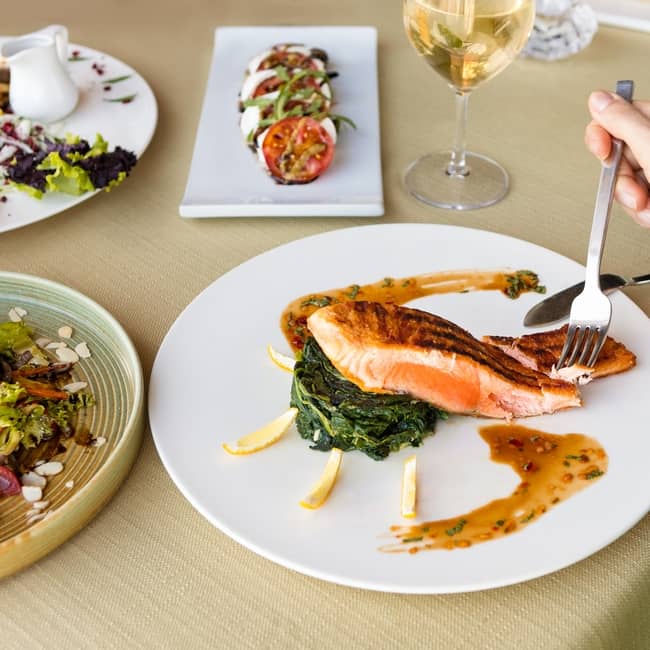
When you are at the fishmonger or fish counter, consider your salmon options carefully. Do not buy salmon fish of poor quality.
Buying fresh frozen salmon online is a great option. Fresh frozen salmon are mostly high quality and fresh since salmon fish is immediately frozen after being caught.
Another safe option is to buy wild-caught salmon from clean waters. Wild-caught salmon has a more vibrant color and better flavor than farm-raised salmon.
If you prefer to eat wild-caught salmon, it helps to ensure that the water the salmon comes from is clean.
The Atlantic Ocean is where the most contaminated fish is found. Wild-caught salmon from the Atlantic is maybe a little less contaminated. It’s best to avoid salmon skin if your salmon came from the Atlantic. If you enjoy your salmon with skin on, get a wild-caught salmon from the pacific.
Personal preference is also a factor
Despite the rich nutrients contained in salmon skin, some people still prefer to enjoy their salmon without the skin – even when they know that the salmon is high quality and from a healthy source.
Don’t sweat it. It is okay if you don’t want to take the risk or simply enjoy your salmon without the skin. Salmon fish also contains good amounts of essential nutrients.
How To Remove Salmon Scales and Keep the Skin
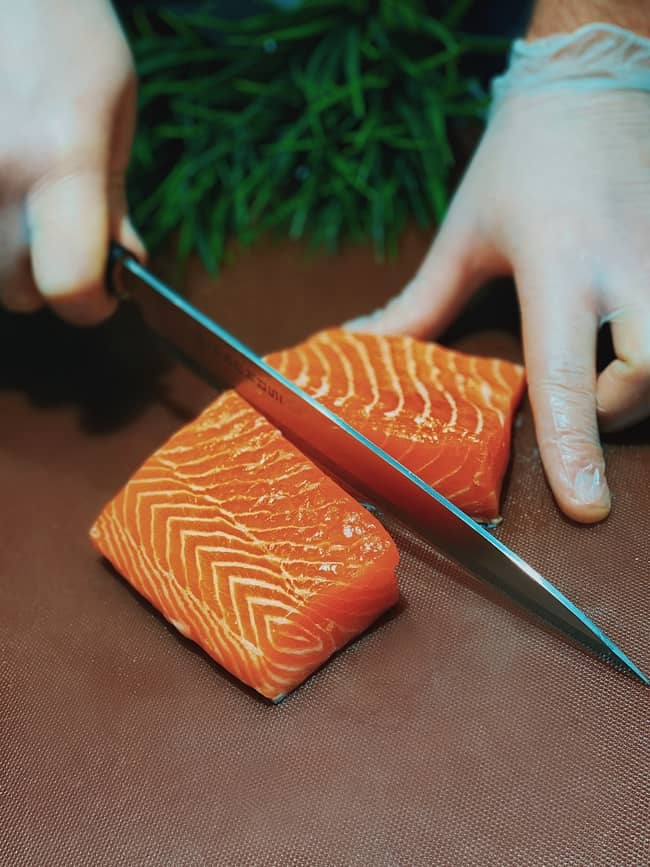
On larger-sized salmon, the best option is to remove the scales because they are too large to consume. A simple kitchen knife is all you need to de-scale the salmon skin.
To remove the scales on your salmon and keep the skin:
- Run the knife blade against the grain of the scales.
- You will notice that the scales will begin to flake off.
- Do this under running water to ensure that you wash off all the scales.
Removing the scales on smaller-sized salmon requires more effort and patient. If you don’t have a problem with it, you can leave the smaller scales on the salmon skin since they hold great nutritional benefits and are less distracting and easier to eat.
Final words
Eating salmon skin is safe, nutritious and offers an additional source of nutrients and minerals to your diet. Nursing and pregnant mothers are advised to avoid salmon skin altogether as they are more sensitive to potential contaminants.
It’s okay for them to eat salmon without the skin. For others, salmon skin is a great source of nutrients like the essential omega 3 fatty acids.
So, do you already know if you can eat the salmo skin with scales? Please, feel free to use the comments below to share your opinion with us!
Interesting tips and tricks:
- Can You Eat Zebra Mussels? Are They Edible?
- How Many Tablespoons Is 3 And 4 Cloves Of Garlic?
- Can you Microwave Uncrustables? How to Thaw Fast!
- Can You Eat Lamb Medium Rare? Is it Safe?
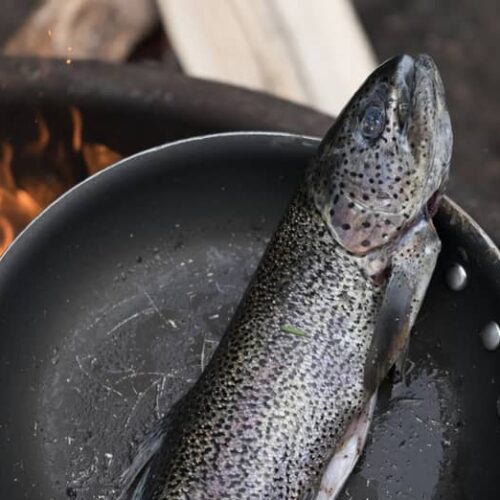
Do You Eat The Skin on Salmon With Scales?
Ingredients
- Salmon with skin and scales
Instructions
- Clean the salmon;
- Remove the excessive scales;
- Cook the salmon.


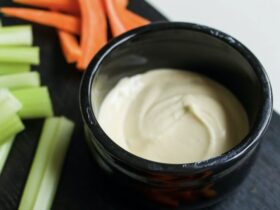

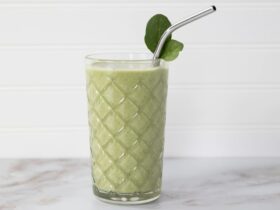
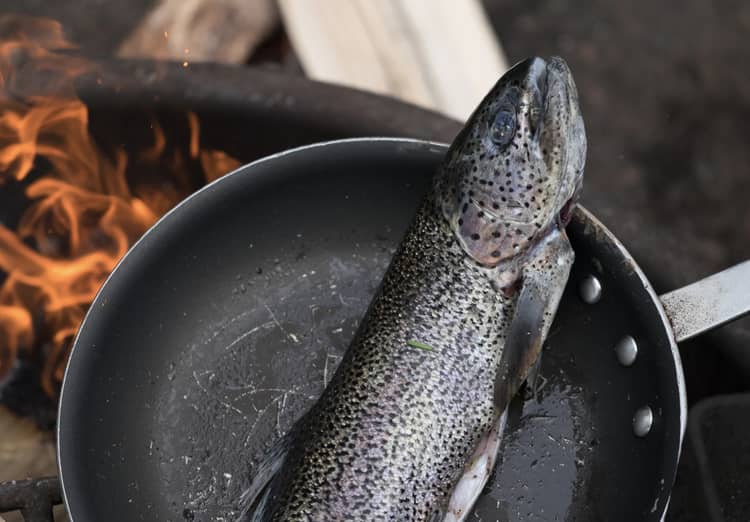
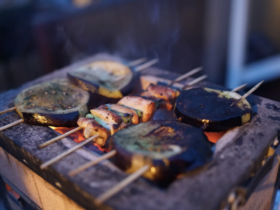
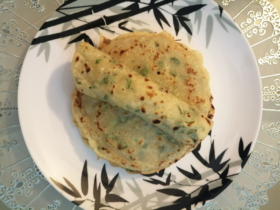

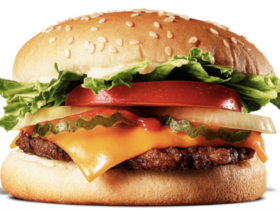

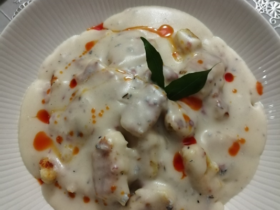
Leave a Reply